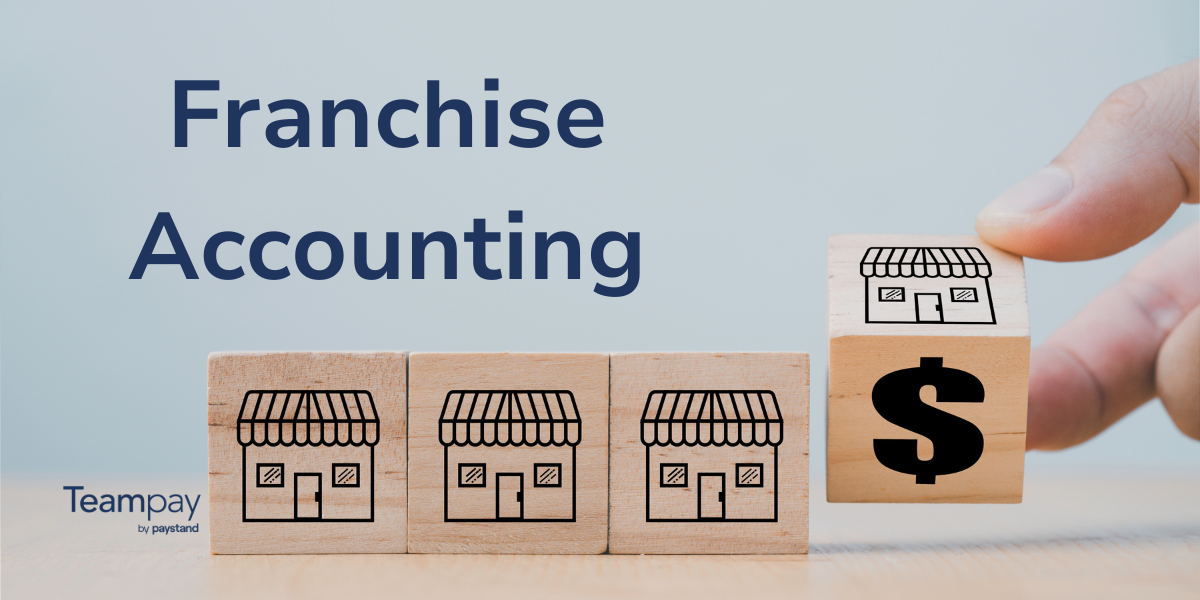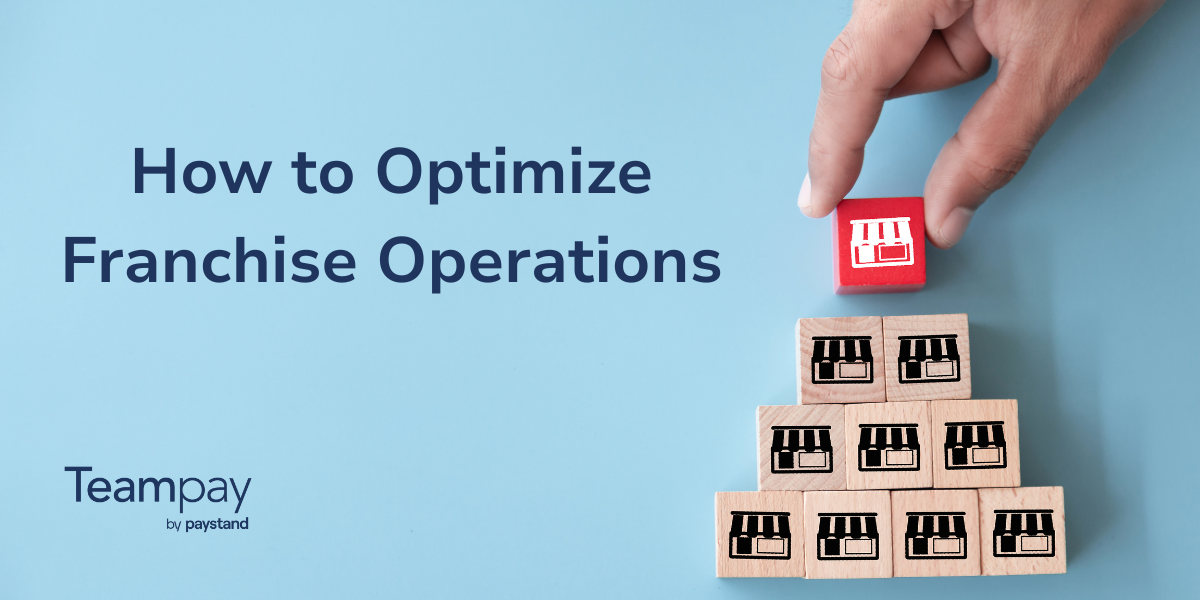The financial crisis of 2008 was the second worst in US history, after the Great Depression, affecting millions of businesses in the US and globally. The S&P 500 dropped nearly 40% in value, the economy lost nearly 8.7 million jobs, and unemployment spiked to 10%.

The financial crisis affected all sectors of the economy, and the restaurant sector was no exception. There were sales declines, store closures, and bankruptcies that affected many well-known brands. For example, the privately held parent company Bennigan’s and Steak and Ale filed for chapter 11 bankruptcy protection in 2008 and Starbucks closed nearly 600 underperforming stores.
The recession also showed in stock prices. The Dow Jones US Restaurants and Bars Index, containing many of the largest restaurant chains in the US, was down nearly 12% and Ruby Tuesday stock was down by nearly 84%.

Although the market and economy were reeling from the economic crisis, Panera seemed to be part of a different story altogether. The chain’s stock price rose 46% and between 2007 and 2010, the increase was 81%. In fact, Panera was the best performing restaurant stock of 2008.
So with the entire industry suffering from what would become a global recession, how did Panera manage to successfully navigate the crisis?
Panera started from a position of strength
Panera’s success didn’t happen overnight. It’s a growth story that began in 1981 when a single cookie shop called the Cookie Jar opened in downtown Boston. It merged with a French bakery called Au Bon Pain the next year and, by 1985, the restaurant was selling homemade soups and sandwiches to a primarily lunchtime crowd.
The chain capitalized on several trends early on, namely the rise of fast casual dining and clean eating. As Ronald Shaich, its founder and former CEO, said, "Our complete focus is on where the world is going. We have continued to evolve our customers' experience and how we do things."
With a relentless focus on customers’ evolving tastes while maintaining its core values, Panera created an offering which appealed to an ever-expanding audience with sustainable menu options, fast service in a casual dining setting, and good value.
The company IPO’d in 1991 and continued to grow quickly—growth that has been managed well by. Panera has traditionally held a strong financial position with low net debt and gearing, which allowed them to enter the recession with a firm foundation.
Panera did not offer discounts
One of the first strategies many restaurants used to fight the recession was to offer discounts. It seems logical, as people become more cost conscious during a recession. Nearly everyone was offering discounts to increase traffic. It was a race to the bottom.
One of Panera’s most impressive strategies wasn’t what they did, but what they didn’t do. They did not follow the herd and offer discounts. They understood the value they provided and the differentiated offering they presented to the customer.
Shaich had a simple approach to fighting the recession. "We understood that the fundamentals of the marketplace really haven't changed," says Shaich. "Unemployment went from 5% to 10%. There's 90% of society that is still employed. I couldn't capture all those people that are unemployed. They weren't eating out at all. All I could do was stay focused on who my target customer was, and not be reactive."
Discounts can be an effective strategy if you are aiming to become a cost leader, such as Amazon or Walmart. However, if your strategy is built on differentiation, then heavy discounts rarely support your bottom line and can often lead to an erosion in sales without increasing volume.
By believing in its core offering and staying focused on their target customers, Panera resisted following its competitors in slashing prices, which was a key decision point in their recession strategy.
Panera continued to invest during the recession
It may seem counterintuitive, but recessions are a fantastic time to start a business or invest in expanding your current operations. Some of the best known companies in the world, such as Microsoft, GM and IBM, were started during recessions.
Assets—such as rent, labor and raw materials—tend to be cheaper during a recession, making it a fantastic time to invest in growth. Warren Buffett once said that as an investor, it is wise to be “fearful when others are greedy and greedy when others are fearful.” Panera heeded that advice, and it paid off.
In a 2009 interview, Shaich outlined this strategy perfectly. "We've been basically opening up a new store every five days. This is the time to grow. Real estate costs are down, development costs are down, volumes are up — these are the highest-return investment stores we'll ever generate. Panera has hired 20,000 new workers, rolled out new menu items, and improved the lettuce quality in its salads. Salad sales are up 30%.”
In 2008, Panera opened over 100 new stores and continued its year over year growth story.

Investing during a recession can be a challenging decision, but it’s one way that companies create long term success. Cathie Lesjak, the CFO of HP says:
“If you save a dollar, you’ll drop a dollar to the bottom line. But if you save a dollar and you reinvest that back into the business in a disciplined way, a returns-based way, that dollar is actually worth a lot more in the future. And that’s really what running a business is all about.”
Panera harnessed technology early on
In addition to physical stores, Panera also invested in technology, including new solutions to help speed up ordering and enable smoother payment transactions. The result was a different customer experience that led to increased sales.
Panera’s early adoption of technology not only helped them during the recession, but also paved the way for future success. They were able to roll out initial solutions and take time enhancing and perfecting them before their competitors. By 2017, an industry-leading 24% of their sales were coming from digital channels.
In addition, Panera dedicated funds to designing strategic restaurant layouts that encourage people to spend more time in-store and providing its staff with training that specifically focused on upselling customers to increase transaction value.
During the recession, Panera achieved 5.5% growth in overall sales, and average weekly sales increased by 1.5%. Today, the typical Panera Bread restaurant has 50% higher sales per square foot than rivals.

Panera maintained a proactive financial strategy that focused on long-term financial gains, rather than simply reacting to the recession. This led Panera to invest at a time when most others weren’t, and they continue to reap the benefits today.
Panera’s growth continues
Panera’s performance during the recession was no fluke. Its success was driven by a strong set of fundamentals, solid financials, and a focused strategy.
Over the past 20 years as a publicly traded company, Panera has been the best performing restaurant stock, gaining over 8,000%. It had a compound annual growth rate in revenues of 11.35% between 2007 and 2016. In 2017, the family owned Private Equity company, JAB Holding co., purchased Panera Bread for $7.5 Billion.

Shaich looks positively on the acquisition because it aligns with the brand’s focus on long term customer value. “They are thinking about centuries, not decades,” he said. “They are very committed to long term decision making. And very committed to a hands-off approach.” A long-term, proactive financial strategy, rather than a reactive one, is at the very core of Panera’s business model, which has contributed to the restaurant’s growth and success during the recession and beyond.












